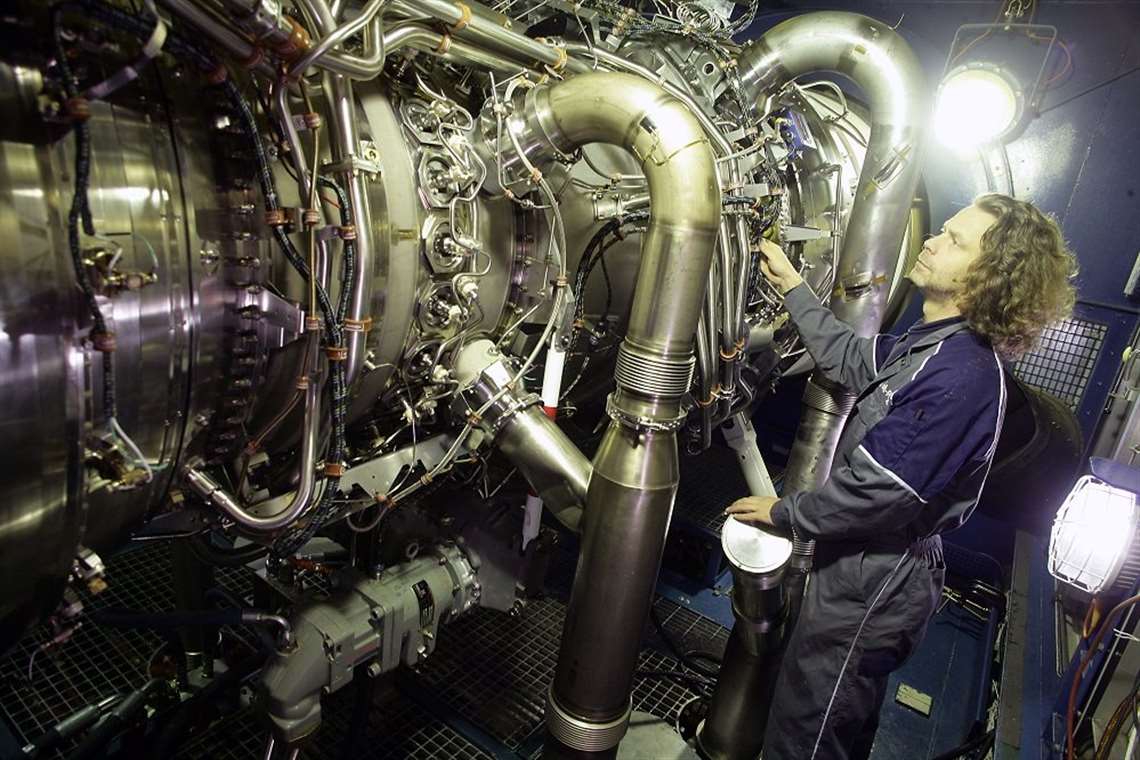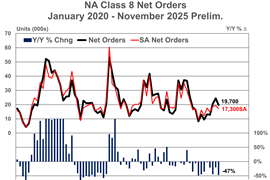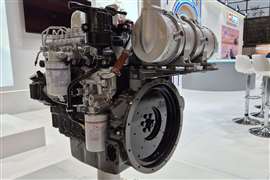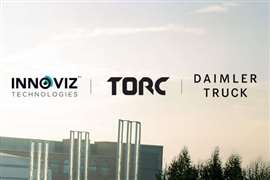MT30 Gas Turbine Passes Key Test
02 February 2017

BY IAN CAMERON
Rolls-Royce’s MT30 gas turbine has achieved a major milestone for a contract to power the Italian Navy’s new Landing Helicopter Dock (LHD) multipurpose amphibious vessel.
The company has successfully completed the factory acceptance test for the vessel’s first MT30 gas turbine. The vessel will be built by Fincantieri and Rolls-Royce was selected to provide two MT30 gas turbines to power the new 20 000 tonne vessel.

The LHD will be built and launched in the Castellammare di Stabia (Naples) shipyard in Italy before being set up and delivered at the company’s yard in Muggiano (La Spezia) It is an important element within Italy’s Navy Act – a major investment program to renew the Italian Navy’s fleet.
The factory acceptance test, which has to be completed before the gas turbine can be delivered, was carried out at the Rolls-Royce Test Facility in Bristol, England. The engine was put through a week of rigorous performance tests, witnessed by representatives from Fincantieri and the Italian Navy.
Producing 36 to 40 MW, the MT30 is derived from Rolls-Royce Trent aero engine technology and builds on over 45 million hours of operating experience. It is initially built as separate modules on the same build line as the Rolls-Royce Trent aerospace engines in Derby, England. It is then assembled at the company’s Bristol facility.
Rolls-Royce MT30s are also being installed in the UK Royal Navy’s new Aircraft Carriers HMS Queen Elizabeth and Prince of Wales and the Type 26 Global Combat Ship. They are also in service with the US Navy’s Freedom class Littoral Combat Ship, will power the USS Zumwalt class destroyers and the Republic of Korea Navy’s latest Daegu Class Frigate program.
POWER SOURCING GUIDE
The trusted reference and buyer’s guide for 83 years
The original “desktop search engine,” guiding nearly 10,000 users in more than 90 countries it is the primary reference for specifications and details on all the components that go into engine systems.
Visit Now
STAY CONNECTED




Receive the information you need when you need it through our world-leading magazines, newsletters and daily briefings.
CONNECT WITH THE TEAM












